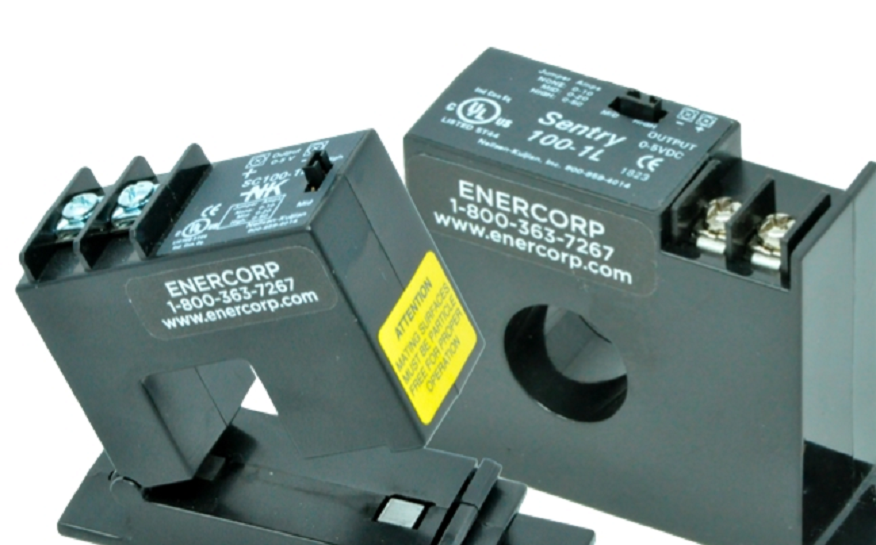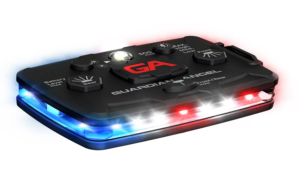Ensuring Safety and Accuracy: Installation Guidelines and Safety Measures for Current Transducers

Current transducers are vital components in various applications, offering accurate current measurements that drive efficient operations. However, their proper installation and adherence to safety measures are essential to ensure their reliable performance and the safety of personnel and equipment. Explore crucial installation guidelines and safety measures for current transducers.
Proper installation, adherence to safety measures, and regular maintenance are critical for ensuring the safe and accurate operation of current transducer. By following these guidelines, you not only protect personnel and equipment from potential hazards but also guarantee the reliability of measurements that drive efficient and informed decision-making.
1. Pre-Installation Preparation:
Select the Right Transducer: Choose a current transducer that is compatible with the system’s voltage, current range, and intended application. Consider factors such as accuracy requirements, environmental conditions, and mounting options.
Plan for Accessibility: Install the transducer in a location that allows for easy access during maintenance and calibration activities.
2. Electrical Safety:
De-Energize the System: Before installation, ensure that the electrical system is de-energized to prevent potential shocks or hazards.
Use Proper Personal Protective Equipment (PPE): Wear appropriate PPE, including insulated gloves and goggles, when working with electrical systems.
3. Mounting and Wiring:
Secure Mounting: Mount the transducer securely on a stable surface, using appropriate hardware. Ensure that the mounting location is free from vibration and mechanical stress.
Proper Wiring: Follow the manufacturer’s wiring instructions carefully. Use high-quality cables and connectors rated for the system’s current and voltage levels. Keep wiring neat and organized to prevent interference and reduce the risk of accidents.
4. Avoiding Electromagnetic Interference (EMI):
Separation from EMI Sources: Install current transducers away from sources of electromagnetic interference, such as motors, transformers, and power lines, to prevent inaccurate readings.
5. Calibration and Testing:
Calibration: Ensure that the transducer is calibrated according to the manufacturer’s recommendations or industry standards. Regular calibration guarantees accurate measurements.
Functional Testing: Conduct functional tests after installation to verify that the transducer is operating as expected. Monitor readings and compare them to known reference values.
6. Grounding and Shielding:
Proper Grounding: Ensure proper grounding to prevent electrical hazards and to maintain accurate measurements.
Shielding: If needed, use shielding techniques to protect the transducer’s signal from external interference.
7. Regular Maintenance:
Scheduled Inspections: Periodically inspect the transducer for signs of damage, wear, or corrosion. Address any issues promptly to prevent safety risks and inaccurate measurements.
8. Compliance with Regulations:
Adhere to Industry Standards: Follow industry regulations, codes, and standards related to electrical installations and safety procedures.
9. Documentation:
Record Keeping: Maintain detailed documentation of the installation process, including wiring diagrams, calibration reports, and maintenance logs.
10. Qualified Personnel:
Certified Professionals: Ensure that installation, calibration, and maintenance are performed by qualified and certified professionals with the necessary expertise.
Conclusion: Safety First, Accuracy Always







